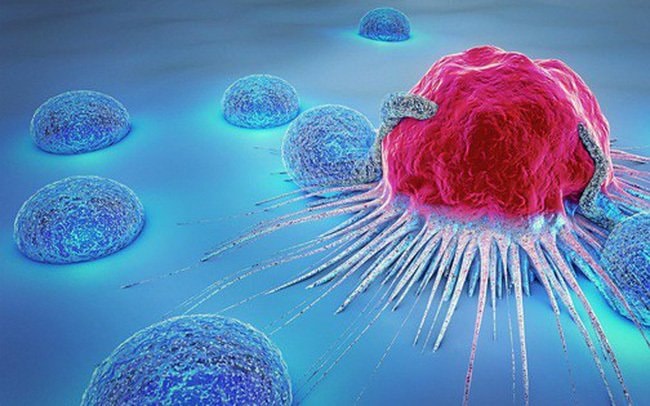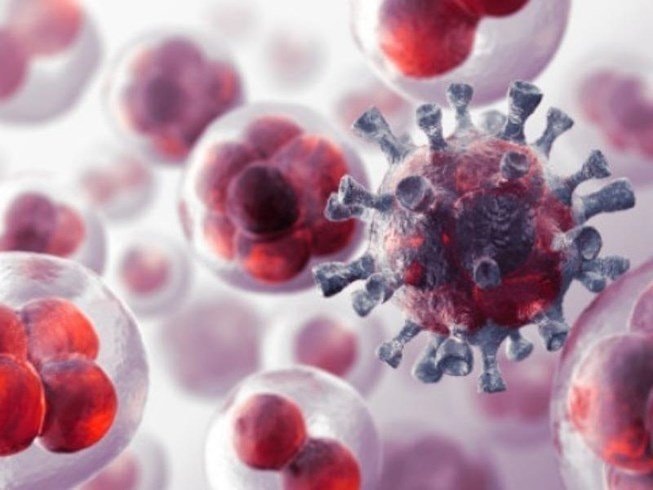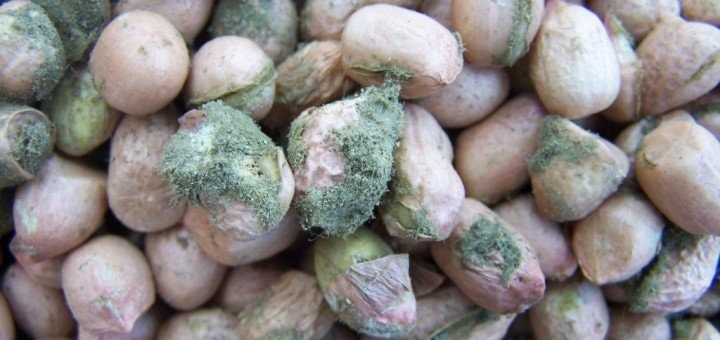Do you know the type of cancer-causing poison in every family's kitchen?
Did you know that there is a deadly poison lurking around us, aflatoxin - known as the strongest poison and carcinogen.
What is aflatoxin? Which foods are prone to aflatoxin production? How to prevent aflatoxin poisoning?
1. What is Aflatoxin?
Aflatoxin was first discovered in 1960 and is a common food contaminant in natural conditions produced by aspergillus fungi (flavus, parasiticus and nomius) commonly containing Aflatoxins B1, B2, G1, G2, M1, M2, B2a, G2a, BM2a and GM2a...
When viewed with the naked eye, aspergillus fungus usually appears as green, aspergillus produces aflatoxin which is odorless, tasteless, colorless and can withstand normal temperature (the temperature to destroy aflatoxin reaches 280°C), so normal cooking and processing methods cannot completely destroy its toxicity, once aflatoxin appears, it is almost very difficult to remove.

2. How harmful is Aflatoxin?
The toxicity of aflatoxin is equivalent to 10 times that of potassium cyanide and 68 times that of arsenic. Aflatoxin poisoning has clinical characteristics such as acute poisoning, chronic poisoning and carcinogenesis. In addition, it can cause deformities and mutations.
3. How does aflatoxin cause cancer?
Aflatoxin is a broad-spectrum carcinogen that has been tested on animals such as fish, birds, livestock and domestic animals. In addition to causing liver cancer, aflatoxin also causes stomach cancer, kidney cancer, rectal cancer, breast cancer, ovarian cancer and small intestine cancer, and can also cause birth defects.

4. What are the symptoms of aflatoxin poisoning?
Symptoms of aflatoxin poisoning are often fever, vomiting, anorexia, jaundice, abdominal distention, edema of the lower extremities and other symptoms. In severe cases, it can cause liver failure and death.
5. At what temperature does aflatoxin usually develop?
The optimum temperature for the growth of aspergillus is 26°C - 28°C, the higher the temperature, the faster the growth rate. Once in an environment with a temperature of 28°C - 33°C and humidity of 80% - 90%, aspergillus secretes toxins very quickly.
6. What foods are susceptible to aflatoxin contamination?
Nuts such as peanuts, walnuts, melon seeds, sunflower seeds, chestnuts, pine nuts, etc. If the nuts are slightly yellow or even black, have a bitter taste, have discolored wrinkled shells, and show signs of mold, they are likely to be contaminated with aflatoxin and should be discarded. In particular, peanuts - an oilseed - are very suitable for the growth of aspergillus flavus and aspergillus parasiticus molds and produce aflatoxin.

Aflatoxin has been shown to develop faster in moist environments, so the risk of contamination increases many times over with sprouted seeds.
Homemade fermented foods: when the fermentation process is complete, mold may appear on the surface of the fermented food, often with a white, black or slimy film - the basic sign of aflatoxin contamination.
7. How to prevent aflatoxin poisoning?
You should buy fresh food, store it in a cool, low temperature place, avoid direct sunlight. In addition, make sure the food is dry, because in a humid environment it is easy to produce aspergillus flavus.
For dry foods such as peanuts, beans or moldy rice, many people often subjectively scrub off the mold, wash thoroughly or dry them to reuse. However, experts warn that this is an extremely dangerous habit.
Washing, rubbing or drying only helps to clean the mold, but once the aflatoxin from the mold has seeped into the food, these methods do not help to eliminate the risk of poisoning. Therefore, the best way is to remove foods that show signs of mold and do not use foods that have changed color.

